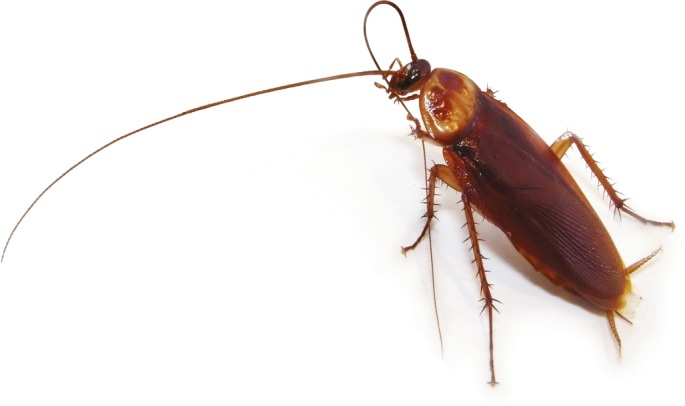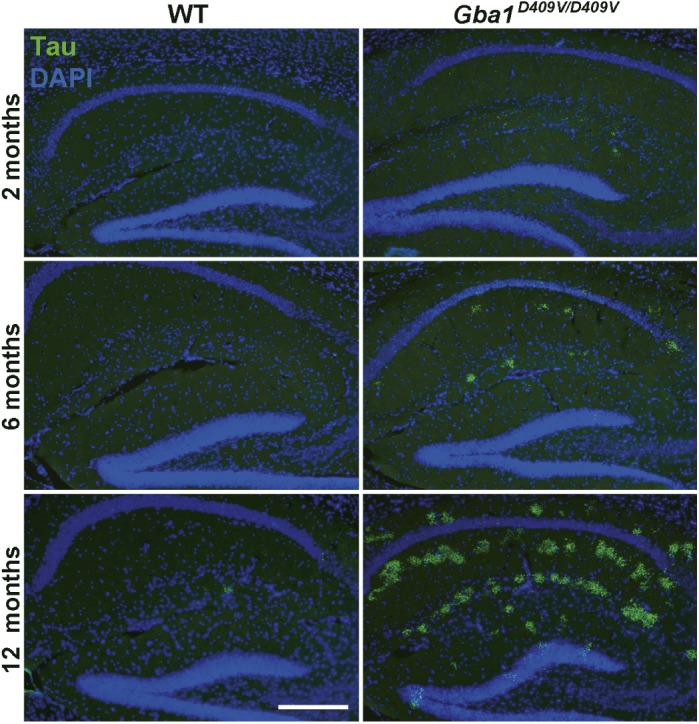Early-onset neurodegenerative disease linked to enzyme mutation
Common neurodegenerative disorders, such as Alzheimer’s and Parkinson diseases, begin in adulthood and are typically caused by a complex interaction of genetic and environmental factors. To pinpoint genes required for the maintenance of the central nervous system, Kaya Bilguvar et al. (pp. 3489–3494) studied children from consanguineous unions who suffer rare, early-onset neurodegenerative diseases. One such union between first cousins in Turkey, the authors report, produced six children, three of whom experienced vision loss at around age five, progressing to blindness and disorders of the cerebral cortex, cerebellum, and spinal cord. To identify the genetic cause of the syndrome, the authors performed whole-genome genotyping, identifying four regions that were homozygous and shared among all three affected siblings, followed by a technique called whole-exome sequencing, which helps decipher the protein-coding portion of the genome. Analysis of sequence variants within these regions identified a protein-altering mutation that segregated with the disease within the family. The homozygous missense mutation, Glu7Ala, altered a single amino acid in the protein UCHL1, a de-ubiquitinating enzyme and one of the most abundant proteins in the brain. The authors found that a recombinant UCHL1 protein carrying the mutation was 100-fold less efficient than the wild-type enzyme at cleaving a substrate. UCHL1 has been previously implicated in Parkinson and Alzheimer’s diseases. Hence, the study demonstrates an essential role for the enzyme in the maintenance of nervous system integrity, according to the authors. — C.B.
Leptin treatment and immune function
Leptin, a hormone produced by adipose tissue, is well known for its role in regulating metabolism and food intake. Recent studies suggest that low leptin levels may be associated with impaired immune responses, but the effects of leptin replacement on immune function in humans remain unclear. Giuseppe Matarese et al. (pp. 3225–3226) conducted a randomized, double-blind, placebo-controlled trial to investigate the effects of leptin replacement in 14 women with acquired hypoleptinemia, a condition in which the adipose tissue, and hence leptin levels, are reduced and neuroendocrine dysfunction ensues. The authors administered metreleptin, an analog of human leptin or a placebo for 36 weeks, and monitored the study participants’ immune function. The authors found that metreleptin restored the number, function, and proliferative potential of CD4+ T cells, which are important for adaptive immunity. Analysis of gene expression in circulating immune cells from women undergoing metreleptin treatment revealed an increase in the expression of genes involved in cell survival and hormone responses, and a decrease in the expression of genes involved in cell death. The findings suggest that metreleptin may help to reconstitute CD4+ T-cell function in other conditions associated with low body weight, reduced adipocyte mass, and hypoleptinemia, such as HIV infection and tuberculosis, according to the authors. — N.Z.
Antenna grooming in insects

Periplaneta americana male grooming its right antenna.
Like most animals, insects regularly groom themselves to remove foreign materials, but the chemical composition of the materials removed by grooming and the purpose of this behavior remain unclear. Katalin Böröczky et al. (pp. 3615–3620) observed that when American cockroaches were prevented from grooming, the surfaces of their antennae accumulated a shiny substance. The authors investigated the chemical nature of this substance and whether grooming serves to remove excess amounts of it. Electron microscopy revealed that large amounts of the substance accumulated on the ungroomed, but not on the groomed, antennae of male cockroaches, covering pores on the antennae that lead to odor-sensing cells. Gas chromatography indicated that the substance was composed of cuticular lipids, native secretions that regulate water loss in insects. The authors further found that, compared with groomed antennae, ungroomed antennae accumulated nearly four times more cuticular lipids and significantly more environmental contaminants. Moreover, ungroomed antennae were less responsive to odorants and sex pheromones than groomed antennae. The authors observed similar phenomena in three additional insect species, each of which use different antennal grooming methods: the German cockroach, the carpenter ant, and the housefly. The findings suggest that antennal grooming serves to remove excess cuticular lipids and foreign chemicals that interfere with olfaction, according to the authors. — N.Z.
How water-repellent surfaces get wet
A drop of water on the surface of a lotus leaf or butterfly wing beads up and rolls off easily, leaving the surface dry. Such superhydrophobic surfaces repel water by drawing up a cushion of air beneath the water droplet, but evaporation, vibrations, and other triggers can disturb the air cushion and cause wetting. Despite well-defined models, this process is still poorly understood due to the difficulty of monitoring subtle changes in the air cushion over time. Periklis Papadopoulos et al. (pp. 3254–3258) used confocal microscopy to observe how evaporation breaks down the superhydrophobicity of a surface of tiny polymer pillars. Confocal microscopes image thin sections of a sample that can be combined to create a detailed 3D image. By varying the pillar height and recording the thickness of the air cushion in 3D, the authors quantified the movement of the droplet as evaporation forced its edge to recede from the pillars, thinning the air cushion, and the droplet ultimately wet the surface. The authors suggest that the study’s results might aid in the production of improved superhydrophobic products such as self-cleaning windows, antifouling medical devices, and membranes for oil and water separation. — J.M.
Potential treatment for Parkinson disease

Increased tau (green) in mutant hippocampus.
People with Parkinson disease have lower-than-normal levels of the enzyme glucocerebrosidase in their central nervous system, often due to mutations in the enzyme’s gene, GBA1. Glucocerebrosidase deficiency causes a metabolic disorder called Gaucher disease and has been linked with neural protein deposits known as Lewy bodies, which can lead to dementia. S. Pablo Sardi et al. (pp. 3537–3542) explore the effects of GBA1 augmentation in glucocerebrosidase-deficient mice, expanding on previous findings that early treatment with the enzyme improves cognitive function in a mouse model of Gaucher-related Parkinson disease. The authors engineered a virus to express glucocerebrosidase in the mouse hippocampus, and found that mice infected with the virus accumulated fewer protein aggregates and toxic lipids than did uninfected mice. Moreover, the study revealed that cognitive impairments were reversed in mice infected at a young age. The authors further explored the effects of glucocerebrosidase augmentation in transgenic mice expressing high levels of two proteins—α-synuclein and tau—often elevated in Parkinson and other neurodegenerative diseases. Enzyme augmentation reduced α-synuclein and tau levels in the mouse brain, indicating that increased glucocerebrosidase activity could potentially help stall the progression of some forms of dementia. According to the authors, glucocerebrosidase augmentation might represent an effective therapeutic approach for patients with Parkinson and related diseases. — A.G.
Circadian regulation of protein acetylation
The circadian clock tightly regulates the expression of clock-controlled genes through transcriptional, translational, and posttranslational events. Because protein acetylation has been implicated in the regulation of clock function, Selma Masri et al. (pp. 3339–3344) investigated the contribution of the circadian clock to changes in a specific form of acetylation in the mouse liver. Using quantitative mass-spectrometry to compare changes in protein acetylation between wild-type mice and mice lacking the Clock gene, the authors found significant differences in acetylation between the mice, with a number of differentially acetylated mitochondrial enzymes in pathways related to the citric acid cycle, glycolysis/gluconeogenesis, amino acid metabolism, and fatty acid metabolism. The authors used computational modeling to correlate the circadian changes in protein acetylation with previously characterized circadian changes in levels of RNA transcripts and small-molecule metabolites. The researchers found direct correlations between circadian oscillations in protein acetylation and levels of RNA transcripts, and either direct or inverse correlations between circadian changes in acetylation and in metabolite levels, with associations between specific oscillatory metabolites, such as NAD+, and the oscillatory acetylation of specific proteins. According to the authors, the study reveals the broad influence of circadian machinery on global protein acetylation and finds links between the circadian oscillations of acetylated proteins and of small-molecule metabolites. — S.R.


